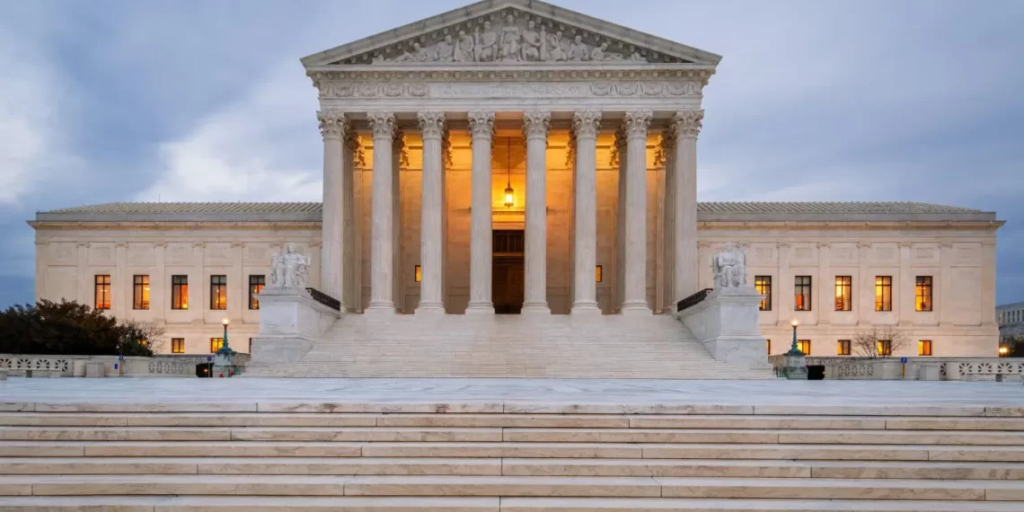Table of contents
Introduction:
The architectural landscape is not just adorned with stunning structures; it often conceals legal battles that shape the future of the industry. One such landmark case that has reverberated through the corridors of the construction world is the Great Western Buildings Lawsuit. This legal saga, marked by intricate details and high stakes, offers a captivating glimpse into the challenges and complexities of the construction industry. In this article, we will delve into the background, key players, legal intricacies, and the broader implications of the Great Western Buildings Lawsuit.
Background of Great Western Buildings:
To understand the lawsuit, we must first explore the background of Great Western Buildings, a prominent construction company that has left an indelible mark on skylines across the country. Known for its innovative designs and commitment to excellence, Great Western Buildings emerged as a key player in the construction industry over the past decade. However, beneath its glossy facade, trouble was brewing.

The Genesis of the Lawsuit:
The lawsuit, like many legal battles, had its roots in contractual disputes and alleged breaches. A major construction project, heralded as a masterpiece, became the epicenter of contention between Great Western Buildings and its client. What started as a seemingly routine disagreement over project timelines and costs soon escalated into a full-fledged legal battle.
Key Players and Stakeholders:
Great Western Buildings:
At the heart of the lawsuit is Great Western Buildings, a company that prided itself on delivering architectural marvels. The allegations against the company ranged from construction delays to cost overruns and structural deficiencies. The lawsuit tested not only the company’s financial resilience but also its reputation in an industry where trust is paramount.
Client: XYZ Development Corporation
On the other side of the courtroom stood XYZ Development Corporation, the client that had commissioned Great Western Buildings for the ambitious project. XYZ Development Corporation alleged that the construction company had failed to meet contractual obligations, resulting in significant financial losses and damage to its own reputation.
Legal Intricacies:
Breach of Contract:
Central to the lawsuit was the allegation of breach of contract. The intricate web of agreements, specifications, and project timelines became a battleground for legal arguments. Both parties presented their interpretation of contractual obligations, leaving the court to decipher the true intent of the agreements.
Construction Deficiencies:
The lawsuit also delved into the realm of construction standards and quality. XYZ Development Corporation argued that Great Western Buildings had failed to meet industry standards, resulting in structural deficiencies that posed a risk to occupants and visitors. Expert testimonies and technical analyses became crucial components in determining the validity of these claims.
Cost Overruns and Damages:
Financial disputes further complicated the legal landscape. Great Western Buildings asserted that unforeseen challenges during the construction process had justified additional costs, while XYZ Development Corporation contended that these overruns were a result of mismanagement and negligence on the part of the construction company. Calculating damages became a contentious task, with each side presenting financial experts to support their claims.
The Legal Battle Unfolds:

Court Proceedings:
The courtroom became the arena for legal experts, architects, engineers, and financial analysts to present their arguments. The trial, marked by intense cross-examinations and the presentation of evidence, unfolded over several months, captivating the attention of industry insiders and legal scholars alike.
Settlement Attempts:
Amid the courtroom drama, attempts at settlement were made. Mediation and arbitration were explored as alternatives to a protracted legal battle. However, reaching a consensus proved elusive, as both parties remained entrenched in their positions, unwilling to compromise on key issues.
Broader Implications:
Industry Impact:
The Great Western Buildings Lawsuit sent shockwaves through the construction industry. Clients became more vigilant in scrutinizing contracts, and construction companies implemented stringent risk management protocols. The case prompted a reevaluation of industry practices, with an increased focus on transparency, accountability, and dispute resolution mechanisms.
Precedent-setting Legal Precedence:
As the legal battle reached its climax, the court’s decisions and interpretations of contractual clauses set legal precedence that reverberated beyond the immediate case. The rulings on breach of contract, construction standards, and cost overruns became benchmarks for future disputes, influencing the way construction contracts were drafted and enforced.
Lessons Learned:
The Great Western Buildings Lawsuit serves as a cautionary tale for construction companies and clients alike. It underscores the importance of clear and unambiguous contracts, diligent project management, and proactive risk mitigation strategies. As the industry evolves, these lessons become invaluable in navigating the complex intersection of creativity and commerce. Also Read about: Paul MacKoul MD Lawsuit
Conclusion:
In the annals of construction history, the Great Western Buildings Lawsuit stands as a testament to the challenges inherent in transforming architectural dreams into tangible structures. Beyond the legal intricacies, it serves as a reminder of the delicate balance between creativity and contractual obligations. As the construction industry adapts and learns from this landmark case, the legacy of the lawsuit will continue to shape the future of architecture and construction practices.



